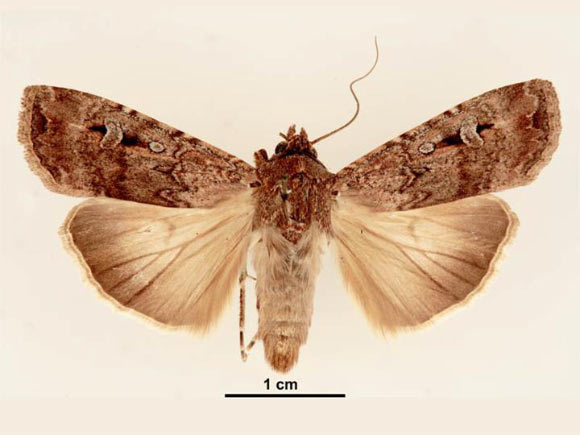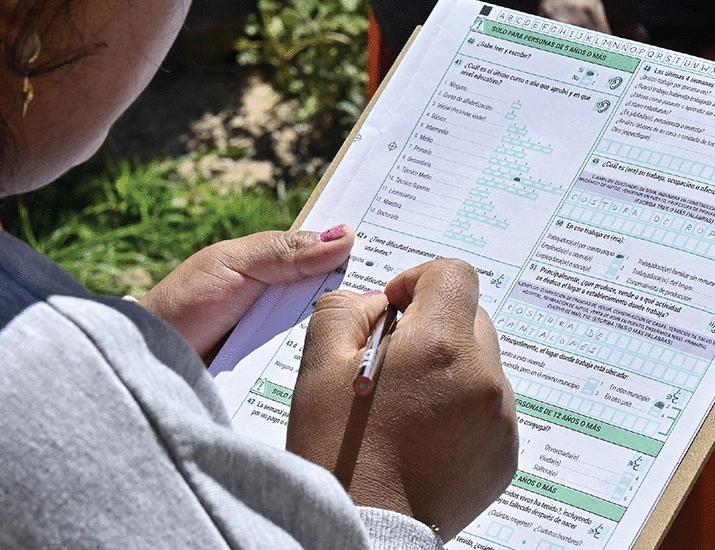Each spring, billions of Bogong moths (Agrotis infusa) escape hot conditions across southeast Australia by migrating up to 1,000 km to a place that they have never previously visited — a limited number of cool caves in the Australian Alps.
Bogong moths use stellar cues and the Earth’s magnetic field to create a robust compass system for long-distance nocturnal navigation towards a specific destination. Image credit: Lucinda Gibson & Ken Walker, Museum Victoria / CC BY 3.0.
“Until now, we knew that some birds and even humans could use the stars to navigate long distances, but this is the first time that it’s been proven in an insect,” said Professor Eric Warrant, a researcher at Lund University, Australian National University and the University of South Australia.
“Bogong moths are incredibly precise. They use the stars as a compass to guide them over vast distances, adjusting their bearing based on the season and time of night.”
“Each spring, billions of Bogong moths emerge from breeding grounds across southeast Australia and fly up to 1,000 km to a small number of caves and rocky outcrops in the Australian Alps.”
“The moths lie dormant in the cool, dark shelters throughout summer, and in autumn make the return journey to breed and die.”
Using sophisticated flight simulators and brain recordings in controlled, magnetically neutral environments, the researchers tested how moths orient themselves under different sky conditions.
When presented with natural starry skies and no magnetic field, the insects consistently flew in the correct migratory direction for the season — southward in spring, northward in autumn.
When the starry skies were rotated 180 degrees, they reversed direction accordingly, but when the stars were scrambled, their orientation vanished.
“This proves they are not just flying towards the brightest light or following a simple visual cue,” Professor Warrant said.
“They’re reading specific patterns in the night sky to determine a geographic direction, just like migratory birds do.”
Interestingly, when stars were obscured by clouds, the moths maintained their direction using only the Earth’s magnetic field.
This dual compass system ensures reliable navigation even in variable conditions.
Professor Warrant and his colleagues also delved into the neurological basis of this behavior, identifying specialized neurons in the moth’s brain that respond to the orientation of the starry sky.
These cells, found in brain regions responsible for navigation and steering, fire most strongly when the moth is facing southwards.
“This kind of directional tuning shows that the Bogong moth brain encodes celestial information in a surprisingly sophisticated way,” Professor Warrant said.
“It’s a remarkable example of complex navigational ability packed into a tiny insect brain.”
The discovery could inform technologies in robotics, drone navigation, and even conservation strategies for species threatened by habitat loss or climate change.
Bogong moth populations have declined sharply in recent years, promoting their listing as vulnerable.
The study underscores the importance of protecting migratory pathways and the dark skies these moths rely on.
“This is not just about a moth — it’s about how animals read the world around them,” Professor Warrant said.
“The night sky has guided human explorers for millennia. Now we know that it guides moths, too.”
The study was published this week in the journal Nature.
_____
D. Dreyer et al. Bogong moths use a stellar compass for long-distance navigation at night. Nature, published online June 18, 2025; doi: 10.1038/s41586-025-09135-3

























